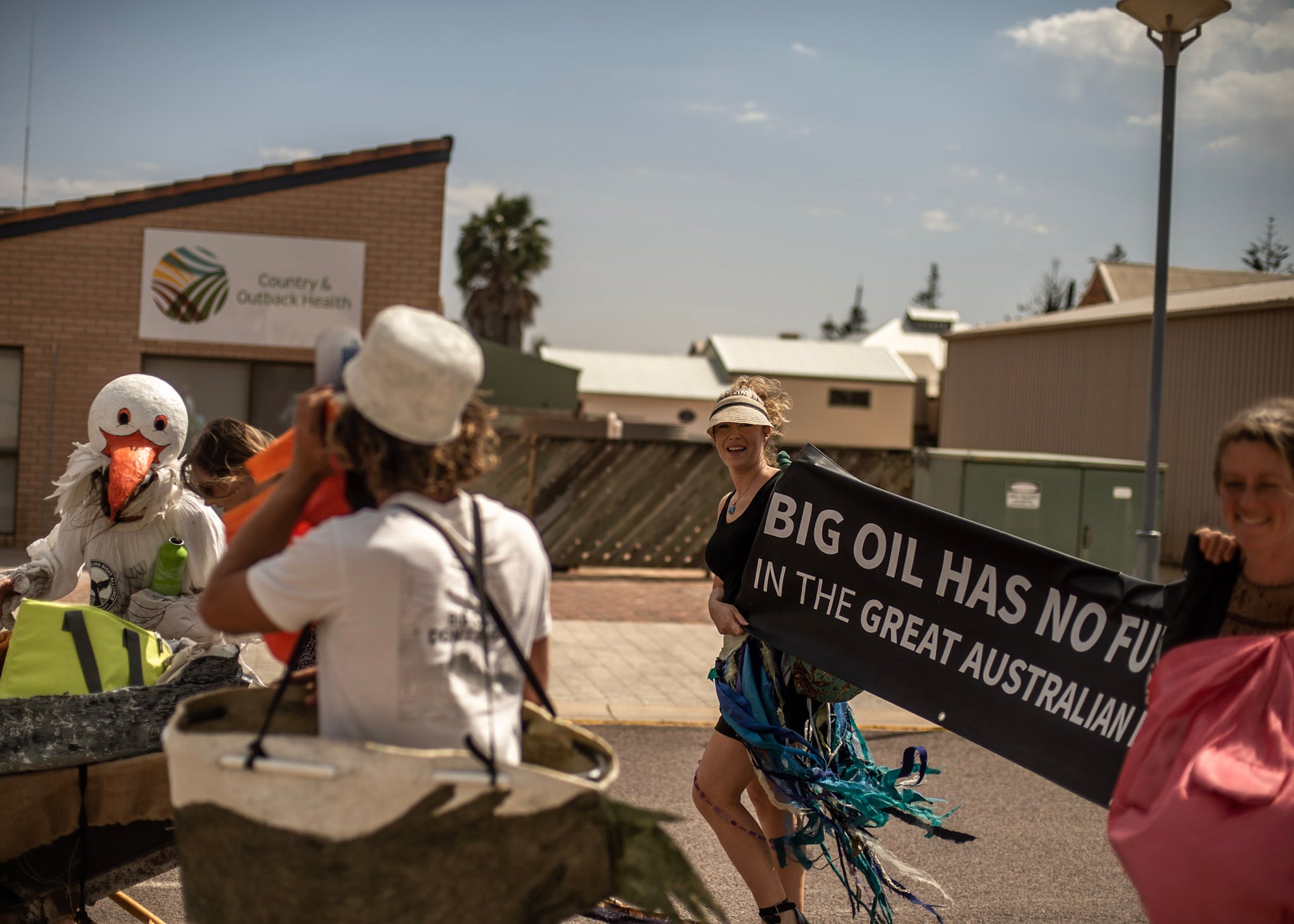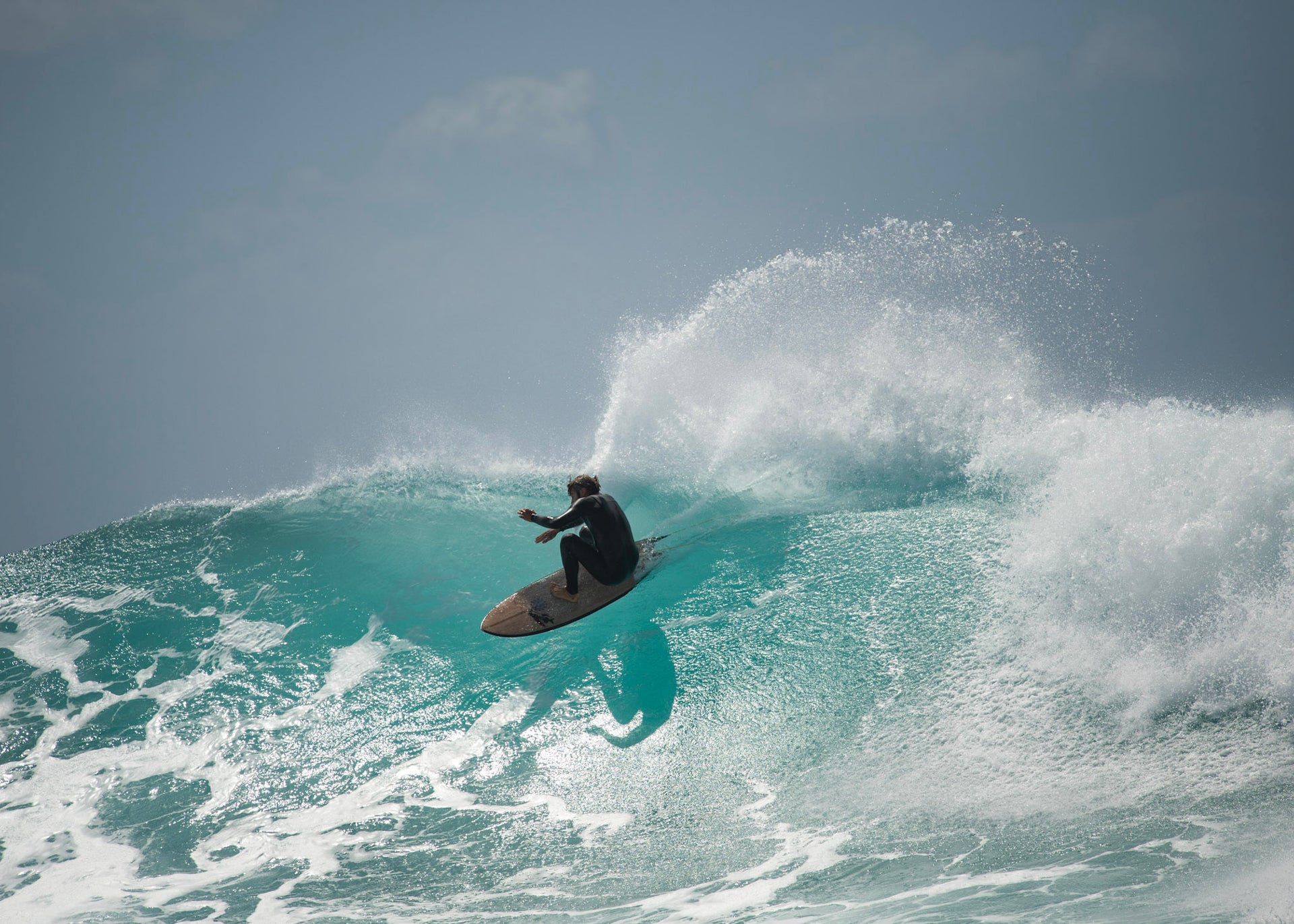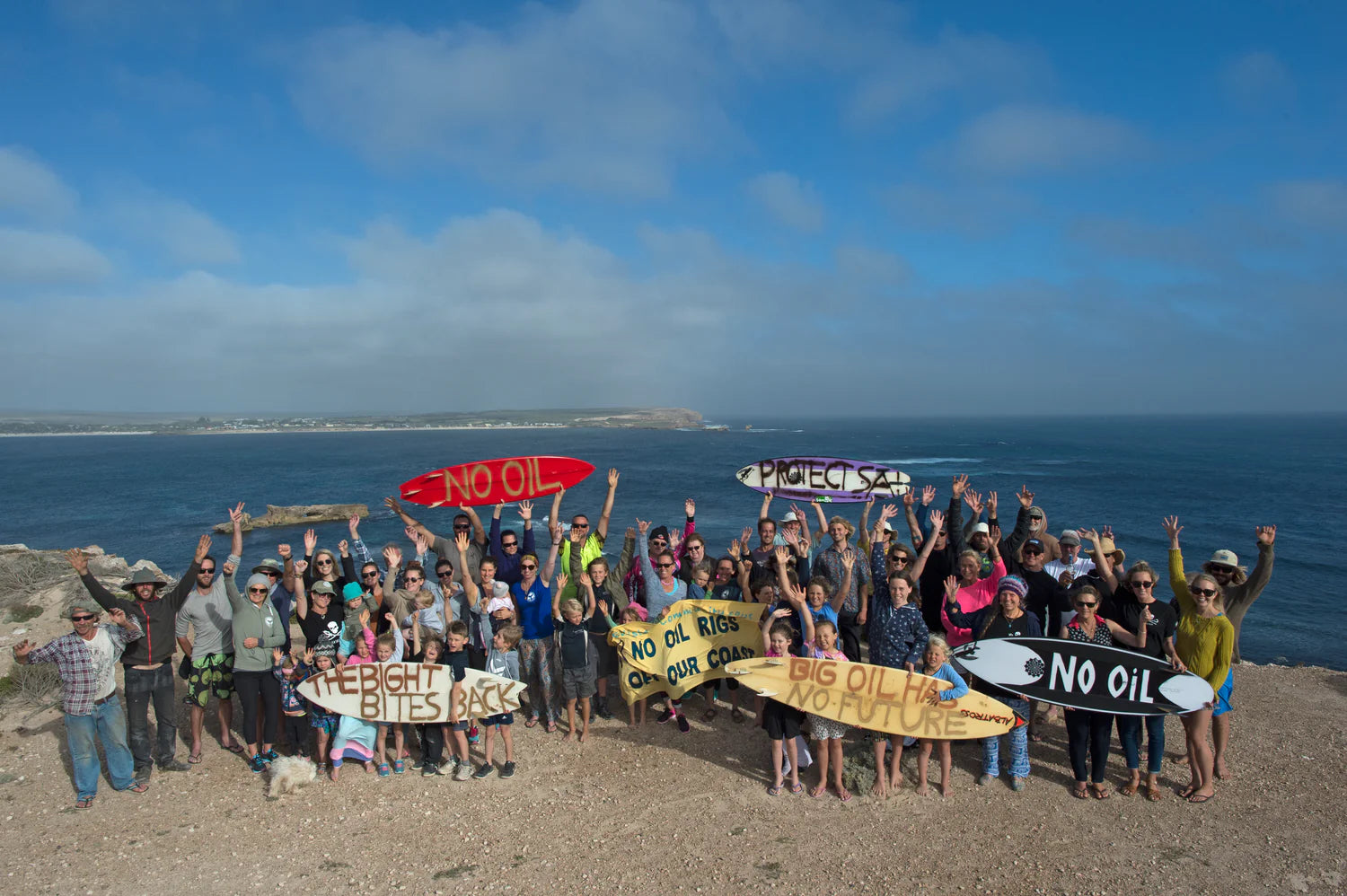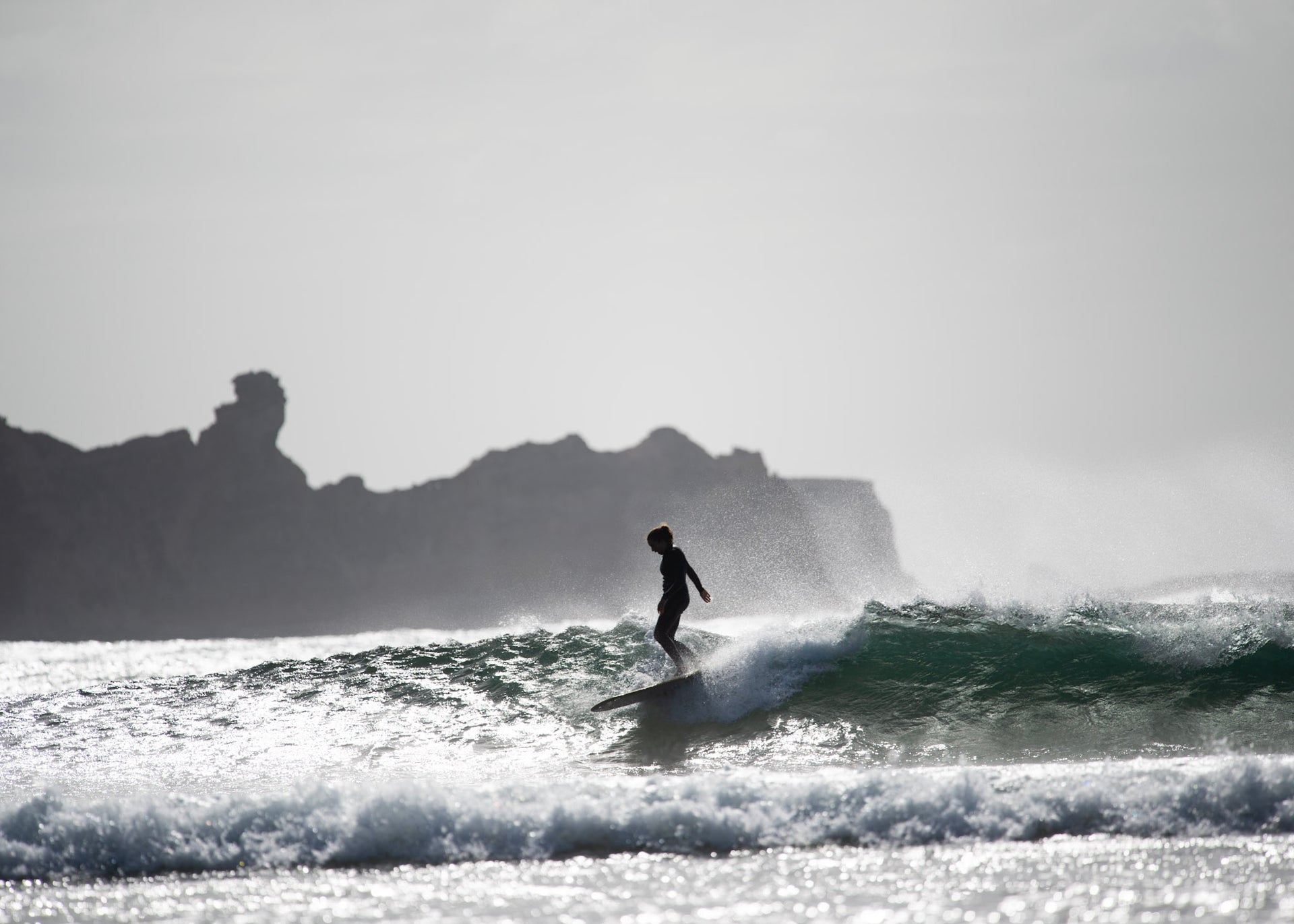Heath Joske can still remember where he was when he got the call.
“I was working on the property, building a wall with some bush stone. I didn’t have my phone with me, but when I took a break, I saw I had a bunch of missed calls.”
The calls were from Anna Taylor, from up the coast at Bramfield, who alongside Heath had been a leading figure in the Fight for the Bight – the environmental movement that rallied together to save the Great Australian Bight from development as a deepwater oil field.
“Anna said, ‘They’ve just announced they’re pulling out.’ It took me a second to process what that meant, then she goes, ‘We won.’” Heath, who’d been so invested with the campaign he’d even travelled from his home in the Bight all the way to Norway to meet with the oil company face-to-face, was “stunned, then overjoyed”.
It was mid-morning, and he put down the tools and did the only thing that came to him. He cracked a beer.
“I remember not feeling a whole lot of hope at the time,” Heath recalls of the months leading up to that phone call. “The oil company just had another approval, and it was starting to feel inevitable. I remember there were a couple of afternoons prior to that decision coming through, and I was just down at the beach out front of where we live, swimming in these beautiful, pristine, clear, cold waters in the middle of summer and looking out over this vast, stunning Southern Ocean, and just being so worried that what they were trying to do out there was so drastic that the consequences could just be absolutely devastating on the coast.”



















